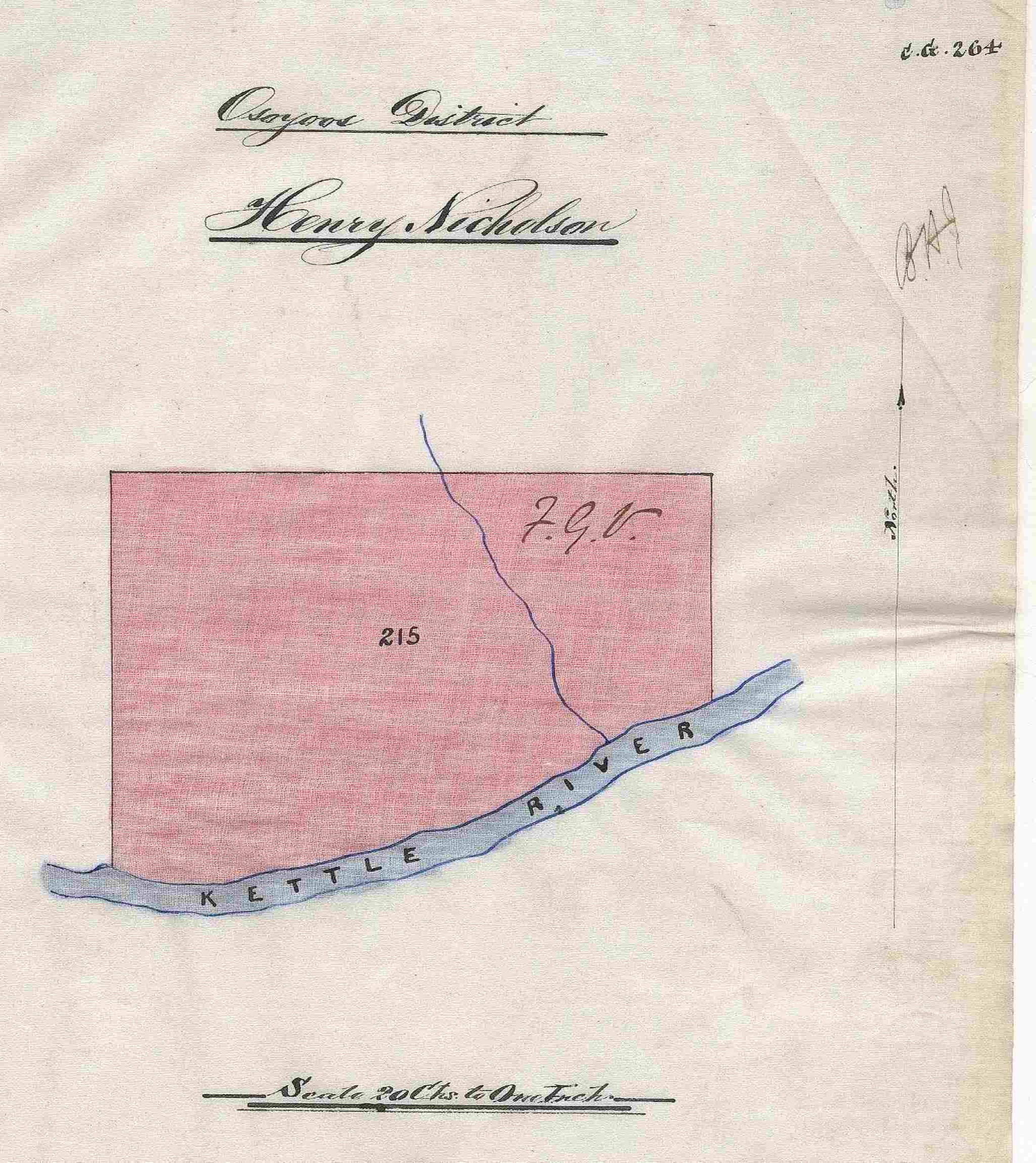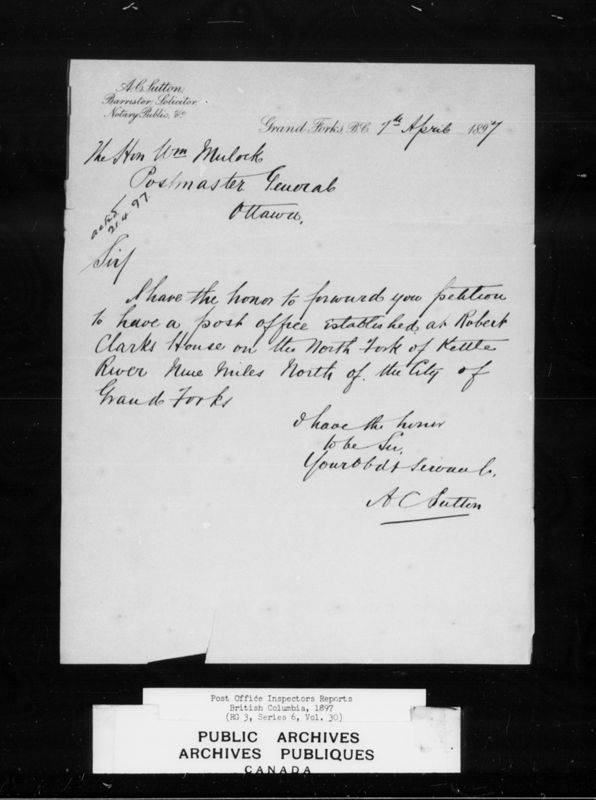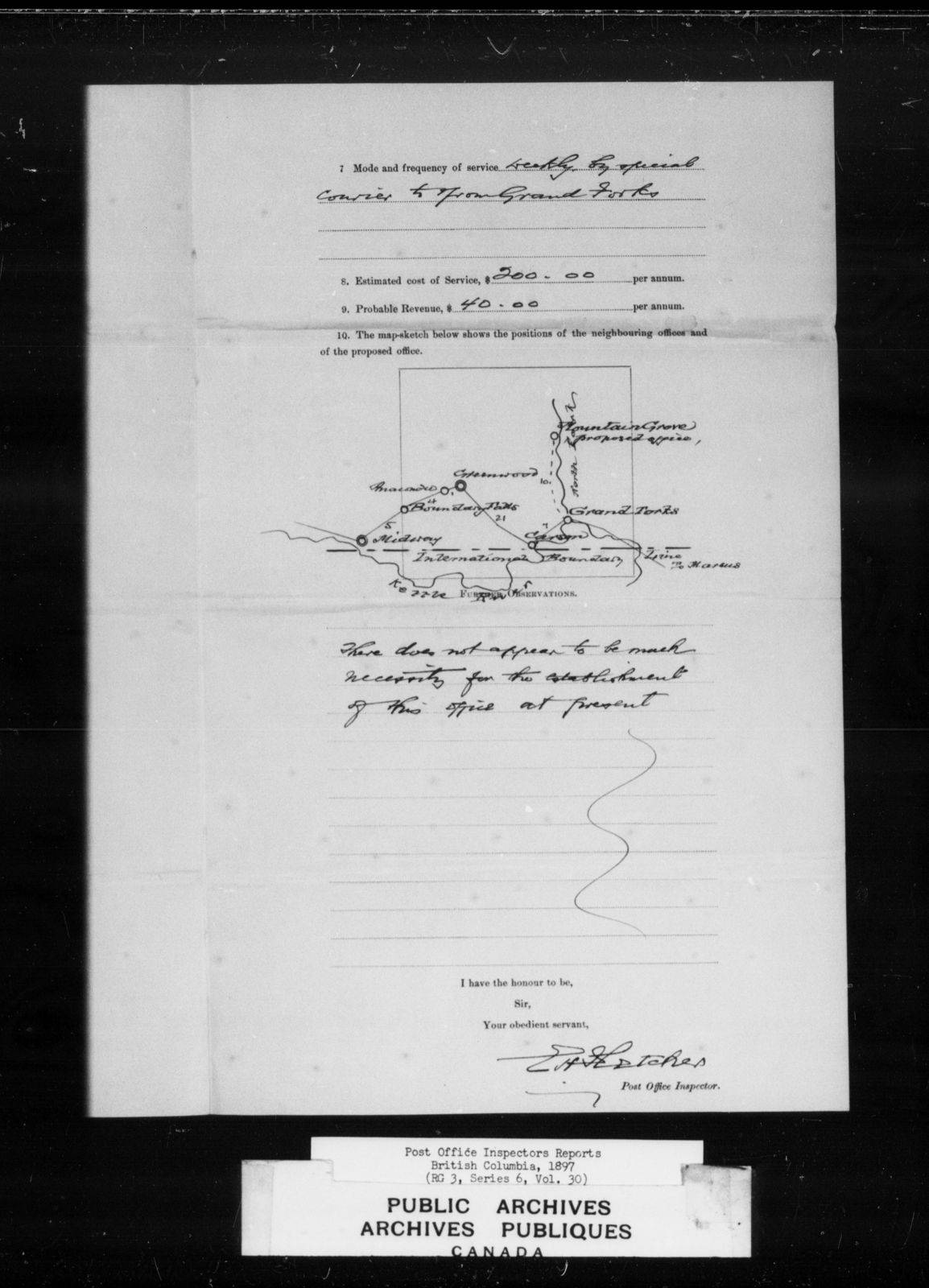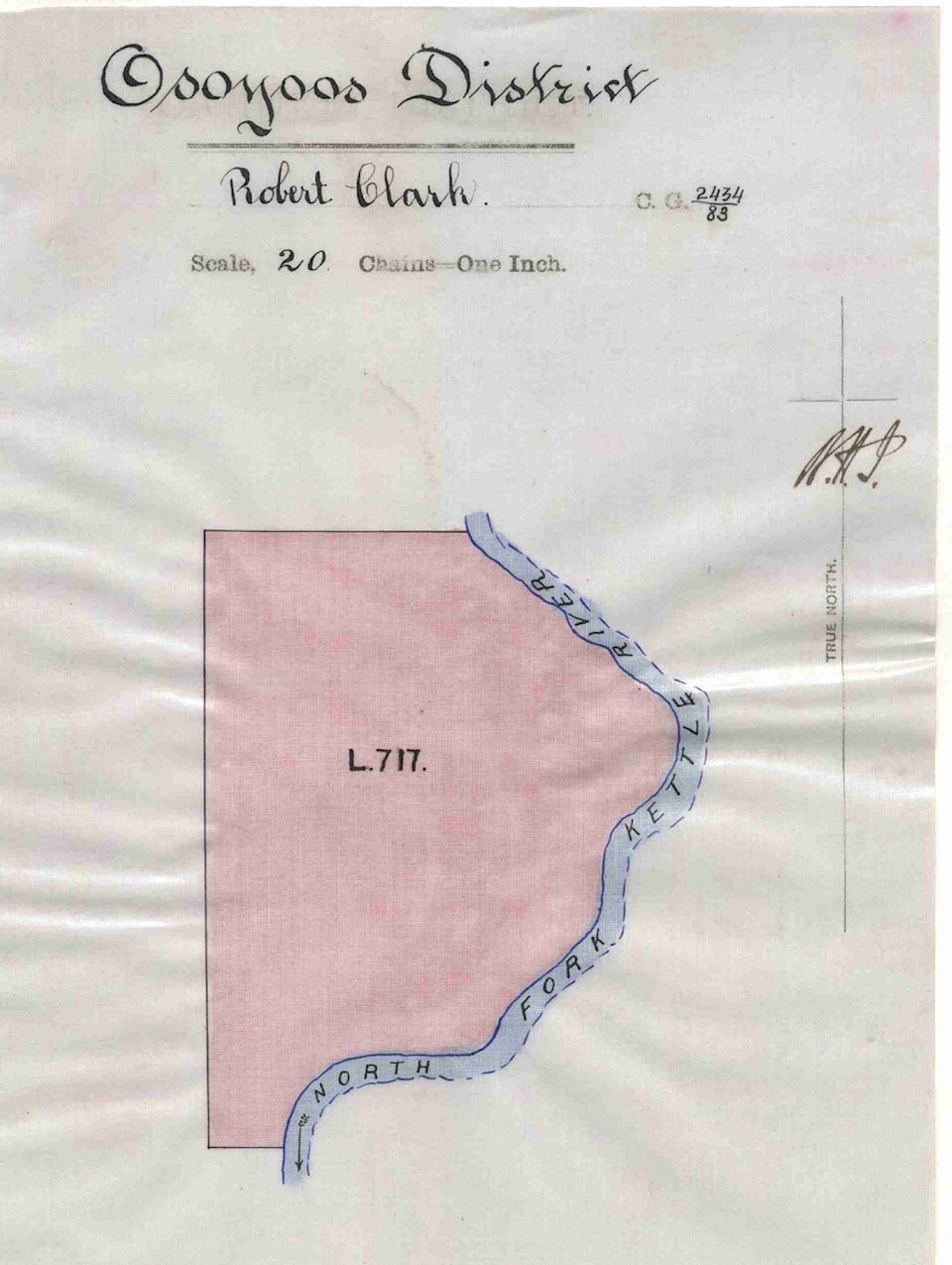Two hundred thirtieth in a series on West Kootenay/Boundary place names
MACKERETHS LANDING
This was an alternate name for Broadwater, on the east side of Lower Arrow Lake. Although no contemporary references have been found, according to a family history, Arthur and Alice Mackereth married and immigrated to Canada with Arthur’s parents in 1910 and initially lived at Harrop.
In 1915, Arthur was hired as a ranch foreman for a Mr. Illingworth, “who owned Broadwater at the time. It was called Lakeside then.” When Mr. Illingworth’s son became sick in 1918, the Mackereths bought the ranch — even though it took them the rest of their lives to pay it off.
The Mackereths had three children, Allan, Audrey, and Arthur Jr.
Allan’s family lived at Broadwater until 1955 and Arthur Jr. remained on the ranch until 1963. The following year BC Hydro bought their property in preparation for the construction of the Hugh Keenleyside dam and flooding of the lake.
MOSQUITO LANDING
This name was given to the flats at the head of Kootenay Lake.
The late Ernie Alexander wrote in Lardeau Duncan Memories (1998), p. 143: “The Lardeau Valley became well known for its vicious mosquito hordes and Mosquito Landing was well named. For a replant, citronella and mineral oil were mixed and rubbed on hands, face and neck. Fly tox came into use after 1920. The women would wrap their legs with newspapers under their stockings. Long skirts helped also before short skirts became fashionable …”
Construction of the Duncan dam took care of part of this problem, but a mosquito abatement program has also been in place for many years.
Although the name is unofficial, it has been used in recent years by the Ministry of Environment to note that fishing is “Closed all year north of a line between signs at Argenta and Mosquito Landing.”
The Kaslo Morning News of June 11, 1898 carried an item about “Improving old government Trout lake trail from Mosquito landing to Poplar creek,” but it’s not clear if they were talking about the same place. There was another Mosquito Landing somewhere on the Columbia River north of Revelstoke.
MOUNTAIN GROVE
A petition for a post office called Mountain Grove was filed on April 21, 1897 with 59 names. The location was given as nine or ten miles north of Grand Forks, on Lot 717 — Robert Clark’s pre-emption, on the west side of the Kettle River. The population was said to be two families and 50 single men. Clark was the proposed postmaster.
According to the Boundary Historical Society’s 15th report, Clark applied for his property in May 1890 and named it Mountain Grove farm – a diary entry calling it that is dated 1892. A mining claim by that name was also staked in the area in 1897.
An alternative name suggested for the post office was Feloper, but no etymology was provided.
In a report filed on May 18, 1897, the postal inspector decreed: “There does not appear to be much necessity for the establishment of this office at present.” It never opened.
MUD LANDING
This spot was somewhere on Slocan Lake, although its exact location is now a mystery.
The Slocan Enterprise of Dec. 8, 1931 stated under “Slocan Briefs”: “Ben Brown was down from Mud Landing last Monday, getting a few groceries.”
MYERS CREEK
W.A. Jeffries’ Kootenay and Boundary Directory of 1915 listed Myers Creek as its own place (although spelled Meyers), with two residents, farmer John C. Madge and rancher Richard Richter.
The creek flows northeast from Washington state into the Kettle River, west of Midway. There’s also a Myers Lake east of Bridesville. Prospector Edward Myers might have been the namesake.
The creek was first mentioned in the Midway Advance on Aug. 26, 1895, which noted a summons had been issued “upon a man named Curtis, who recently pre-empted a ranch upon Myers creek.” He was accused of illegally starting a bush fire.
NICHOLSON CREEK
This was another creek in the West Boundary listed as a place of its own in the 1915 civic directory.
Six names were given: farmers Walter Johnstone, William Jones, Vincent J. Lamping, James Warburton, and Harry M. Welstead, plus the terrifically named Bolton Hardcastle.
The creek flows south into the Kettle River, between Rock Creek and Midway, and was first mentioned in the Midway Advance on Sept. 19, 1894: “Mr. S. Martin has taken up a pre-emption of 320 acres on Nicholson creek, about two and a half miles from its mouth.”
It was named for Henry Nicholson (1842-1917), who came to Rock Creek in 1873. On Sept. 22, 1887, he received a Crown grant for Lot 215, through which the creek flows. He was later prominent at Camp McKinney, where he acted as realtor, notary public, and mining broker.
— With thanks to Kyle Kusch




